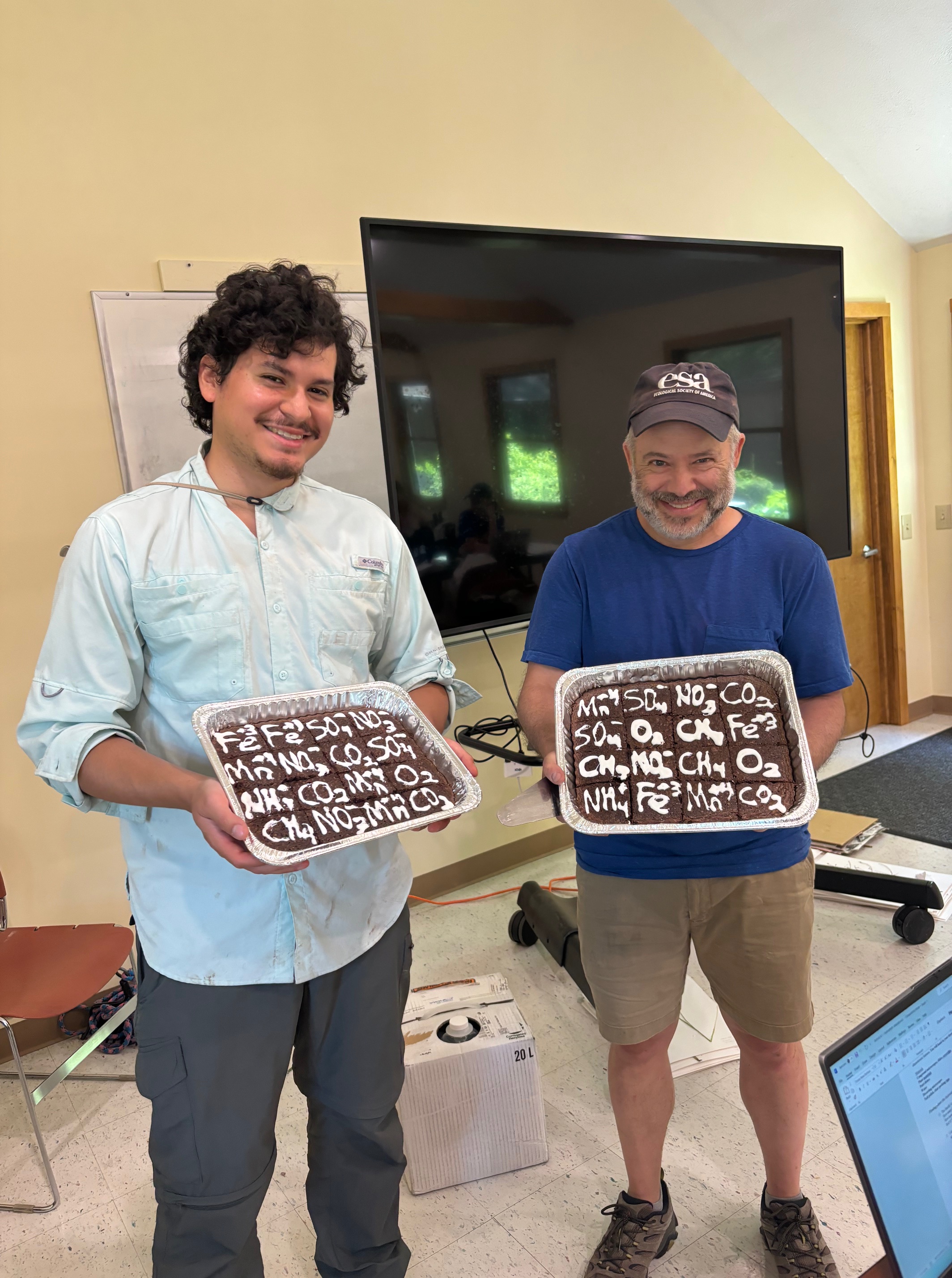Canoeing the Pymatuning wetlands
By Ashley and Sara, PLE wetlanders

Today, the wetlanders suited up in life vests and loaded into canoes first thing in the morning and headed out to explore the Pymatuning Reservoir. We paddled straight for the canal where we observed many new wetland plants including white water lilies, curly pondweed, water lotus, and eurasian watermilfoil, as well as refreshed our memories on some of the previously identified plants from last week. We then turned around, paddling back through the canal headed for the nearest island. We saw a variety of birds and fish, as well as a turtle! At the island, everyone got out of their canoes and walked around collecting a variety of wetland plants. Once we finished collecting, we loaded up again and headed back to the housing site. We all made it back safe and sound. No groups capsized 🙂


















After the eventful morning on the water, we headed to the sanctuary lake site to press our new plant collections and mount previously pressed plants. We then started our lab where we observed some of our identified plants under the microscope. We were able to see the adaptations that plants have in order to be better equipped for the wetland conditions.
Under the microscope we observed stomata on water lilies. These aid in regulating gas exchange between the plants and the atmosphere. We were able to observe the stomata on the tops of the leaves of the water lilies, whereas most terrestrial plants have them on the underside. Additionally, we looked at a carnivorous plant called the bladderwort, which uses a vacuum and trap door system to trap little insects.



We performed a study on Sphagnum moss and its pH in reaction to added NaCl. Sphagnum moss lowers the surrounding pH as it thrives in acidic conditions. This causes decomposition rates to be slow as microbes are not as efficient in these acidic conditions.
We also had a review on the redox ladder in preparation for Wednesday’s midterm. Bob decorated brownies with different possible terminal electron acceptors and we had to pick them in the oder they would be used after a soil is flooded. If we were correct, we got to eat the brownie!
Posted on May 20, 2024, in Wetland Ecology & Management (PLE) and tagged Biodiversity, Conservation, Ecology, Ecosystems, hydrophytic, Nature, Plants, Science, Wetlands. Bookmark the permalink. Leave a comment.
Leave a comment
Comments 0